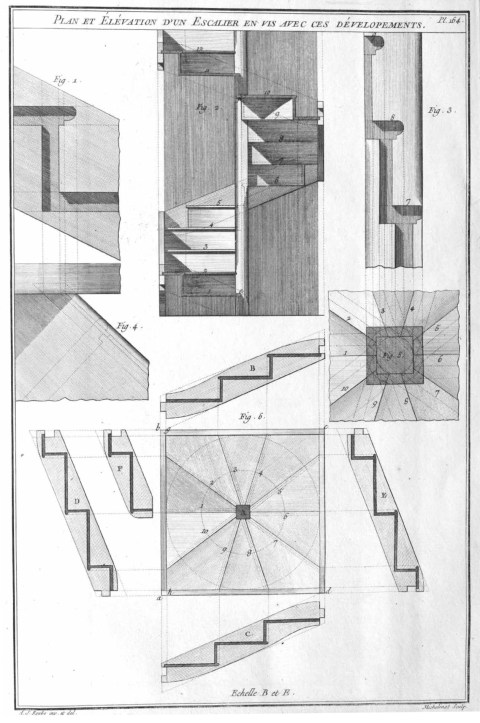The most frustrating part of using dye to color wood is getting it to penetrate the surface of the wood so you don’t “cut through” the color accidentally as you work or sand the finish and expose undyed wood.
This is not a modern problem. In the 18th century, A.J. Roubo wrote at length about the penetration problem and even employed a pointy-head to help him solve the problem:
Before dealing with the dyeing of wood, I consulted with Mr. Macquer, to try, if possible, to make them deeper and more beautiful than those that cabinetmakers normally use. He wished to make for himself many experiments, which did not fulfill my expectations, and which totally confirmed the idea that it is not impossible to make better dyes, but would be at least very difficult, and would demand considerable time to make them….
After the exposé of experiences that Mr. Macquer has made, it is to be believed that it is hardly possible to use chemicals for a good tint, at least we have not found the secret to make them penetrate into the wood, by means of some given preparations of the wood or of the tinctures. Or even, by making all these tinctures cold, and leaving the woods there until they are penetrated, supposing this were possible.
In the 21st century some of us have the same problem. I have been asked many times how to dye veneer or thicker woods through their entire thickness. In fact, one of the first blog entries I ever wrote was about how some guys had solved the problem by injecting dye into the tree as it grew. Check out that entry here.
I know that Marc Adams at the Marc Adams School of Woodworking has solved the problem and can dye anything any color, through and through. If you’ve ever been a student there, then you’ve seen the veneers they sell there – amazing stuff.
I don’t know how Marc does it. I’ve seen his students working at it, but I’ve never had the time to stop and inquire.
Today I dug into an old book that I finally got my hands on: “Cabinet-Maker’s Guide to the Entire Construction of Cabinet-Work” (The Technical Press Ltd., London, 1937) by Richard Bitmead. Bitmead was a professional London cabinetmaker with 25 years experience when he wrote this book. He covered the topic in this short but intriguing entry:
In the process of dyeing woods throughout their mass, the Parisian veneer merchants have led the monopoly of Europe for a number of years. Veneers or boards dyed through their entire mass of exactly the same colour throughout could not be produced except in Paris. There are a number of English woods which will take the dye and look as brilliant as any woods from France.
In selecting wood for dyeing, for every colour except black, white wood should be used, such as sycamore, beech, lime, &c. If a coloured wood be used, it neutralizes the tint, and the color will be bad. For black, use pear, cherry, beech, or soft mahogany; any of these woods will take the colours well. The first process the wood should undergo is to boil it in a solution of caustic soda (lye) and water, in the proportions of half a pound of caustic soda to five pints of water; the wood should be boiled in the solution for half an hour, and then allowed to remain in to soak for twenty-four hours. It should then be taken out and wiped well with clean deal shavings, to remove the alkali, when it will be found to have become as soft as leather and equally plastic. Then place it between boards, and put weights on the top to flatten, and let remain until dry. This treatment with caustic soda effects a clearing of the pores of the wood from all the gummy or resinous matter, and the open pores, when dry, will absorb the dye-stuffs like a sponge.
Sounds like I need to get some lye and break out the hot plate.
— Christopher Schwarz









